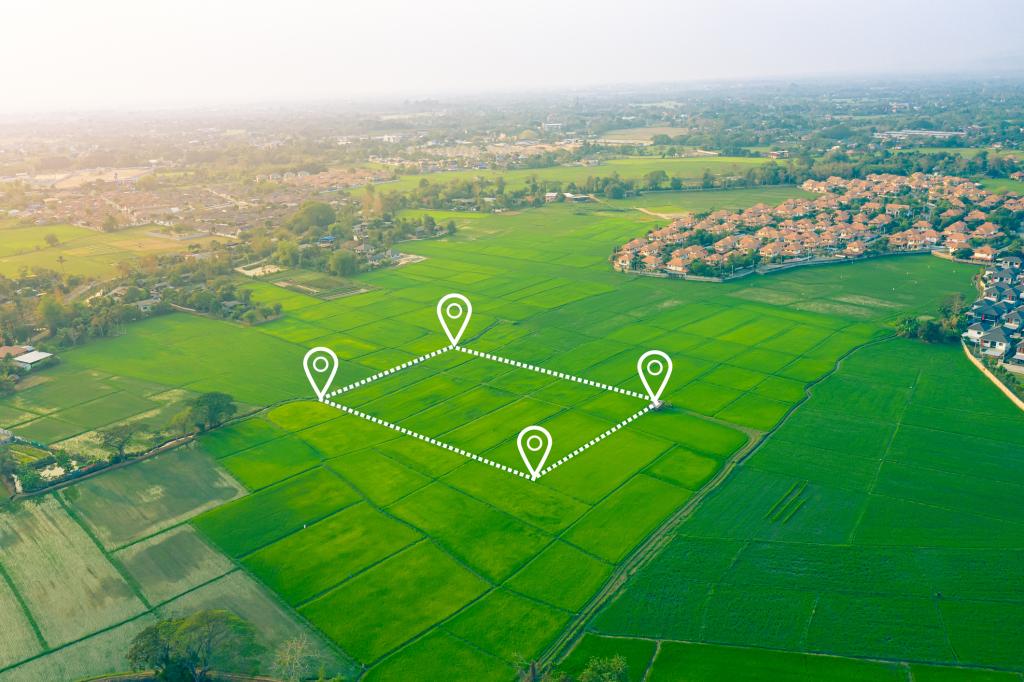
There are many laws protecting the natural habitat, the flora and fauna, but this article does not cover that legislation. What other liabilities might lurk between and within the hedgerows?
Boundaries and hedges
In so far as there are boundary features that abut the public highway, you will have a liability to ensure that the feature is safe and, if in the nature of a hedge, it is kept cut back to allow free movement of people/vehicles along the highway. In so far as there remain stock on the fields, the boundaries need to be maintained in a stock proof condition to prevent escape. Hedges, internal or on the boundary are likely to be protected from interference or removal, especially between March and August each year. Trees on the land might be protected by a tree preservation order which would require a planning permission to remove limbs or fell the tree.
Shared access
Not all land is accessed off a public highway. Where there is a right of way over third-party land, the right to use it can be linked to an obligation to contribute towards its maintenance. The right can be removed in the absence of payment, but this is difficult in practice. No one should block such a right of way or make it impassable for its normal use.
Springs and streams
You are entitled to use the water arising on or passing through your land but not in such a way as to interfere with the use and enjoyment of any downstream owners. If you were to alter its flow or cause water to be collected on your land but then through escape of water cause damage to neighbouring land you can be held liable. Water can be a vector for pollution, and you would be liable if anything that causes environmental damage is carried off your land.
Dangerous materials
Whatever is on your land becomes your responsibility no matter how it arrived there. The practice of fly tipping is reprehensible. It can result in materials being on your land which pose an environmental hazard and you could be asked to remove them safely and at your cost. Some materials such as asbestos will have been used in construction in days when regulation and protection were much different. If there is asbestos, depending on the form, condition, and location, it will require to be managed so as not to pose a threat to health. Its removal can be costly and must be done by accredited contractors.
Dangerous buildings
Any building in a dilapidated state poses a risk of damage to people and property. If there is a legal agreement in place for a third party to occupy or use the building, you might find that the responsibility for the condition of the building is with the third party, however, there are statutory responsibilities which may override that.
Historic mining features (shafts and quarries) and ponds
You might own the land but not the mines and minerals beneath it. The presence within the land of a surface feature such as a mine shaft can give rise to a public nuisance (whether or not the public have access to the mine site). Liability can be argued to lie with the owner of the mines and minerals but they may not be easily identified. There is an overriding obligation on the owners of land to take reasonable care to ensure that anyone, including a trespasser, does not suffer injury because of any hazard and an unfenced/uncapped mine shaft is clearly such. Quarries, with water or not, and ponds can also be potential hazards to the hapless or unwary. Consideration should be given to erecting notices warning of the feature and fencing it off. Notices saying merely, trespassers keep out will not suffice.
Foul drainage and slurry/silage pits
These can easily fall into the category of hazardous features. Additionally, they can form the source of pollution especially if near a water course. If polluting material escapes it is likely that the landowner will be the first port of call for liability.
Weeds
There are specific weeds that if occurring on your land, you are obliged to notify of their existence and take prescribed steps to eradicate them. If you do not do that then the Government body can intervene and charge you the cost incurred in doing so. Contrary to popular belief Japanese Knotweed is not one of them but if it moves off your land onto a neighbour’s property it may be that you will be liable to the neighbour for causing a nuisance.
Animals
You are liable for any animals authorised to be on your land. You will need to take reasonable care that they don’t escape or cause injury to anyone who comes onto your land. I deal with public footpaths and bridleways below, but it is the case that where a footpath goes through a field in which cattle are kept, there are specific rules not to expose the public to bulls, and cows with calf, as they are deemed to present a clear and present danger to walkers. In the old days there was a practice of burying dead stock on farmland. Sometimes that deadstock had been infected with pathogens which can survive the death of the host and burial and, if identified, they can require exhumation and safe disposal.
Footpaths and bridleways
Principally the local authority is responsible for the public footpaths, but aspects remain the responsibility of the landowner through which the footpath runs. I have referred to the general responsibility to third parties on your land above, to take reasonable steps to avoid them being exposed to danger. Where they are entitled to be on a footpath the landowner is responsible for maintaining the stiles/means of passing over hedges and through barriers and for cutting back vegetation to ensure that footpath is passable. There is the possibility that a group, organised or not, will make an application to the local authority to establish a claimed route often walked as a public footpath or more worryingly, as Common Ground. Over time the window for making such claims has opened and closed. Proving that there should be such a designation is a relatively high bar to cross.
Adverse possession
Not by way of a liability but an element to keep under review is the unauthorised use of your land by a third party. This can give the third party a title to your land which will usurp yours. Usually, it would require an annexation of an area to give exclusive use to the third party to the exclusion of the landowner and for this to have gone on without consent from the landowner nor objection for 12 years or more.
Disputes
By acquiring land, you could inherit a dispute. That may be most commonly with a neighbour but could also be with a third party under a legal agreement where one or the other is claimed not to have performed their respective obligations.
Heritage designations
Most commonly these do not give rise to a positive obligation to do something to protect a feature but to prevent or restrict activity which might damage the heritage asset. It would be considered upon the determination of any planning application.
If you would like to discuss this further please contact our Real Estate team or call 0345 450 5558.
